The misrepresentation exhibited in “Princess and the Frog”
Since its creation in 2009, the world recognized “Princess and the Frog” as a quality Disney film with a phenomenal plot and a captivating storyline. Furthermore, the main character, Tiana, stands as the first Black Disney Princess to exist. However, viewers and fans of the film see one issue: Tiana serves as a frog for over half of the movie, posing questions about the proper representation of the Black community.
April 13, 2023
Almost every little girl holds the dream of one day becoming a princess and fulfilling the enchanted lives they grew up watching in Walt Disney movies. This dream became a reality for Black girls in 2009 when the hit Disney movie, “Princess and the Frog” was released. Magic filled the air as packed movie theaters served as an outlet for young girls to view Princess Tiana’s complex, yet inspiring story. However, controversy and disappointment also filled the air as Disney’s first Black princess ended up portraying a frog for the majority of the movie. Not only does this not count as a proper representation of the Black community, but viewers start to believe that Black princesses cannot exist as what society defines as conventionally pretty.
“Our princess with beautiful cocoa flesh, a wide nose and slicked up hair charmed all of the little Black girls and grown Black women who longed to see a princess they could relate to grace the screen. We tried to be hopeful by witnessing the first Black princess in pixels. But we were very quickly reminded that the world refuses to view us with such grandeur,” Harvard Crimson writer Kyla Golding said.
Based on the German fairytale, “The Frog Prince”, “The Princess and the Frog” tells the story of an ambitious waitress named Tiana who carries aspirations of opening a restaurant that her late father once dreamed of in New Orleans. With the assistance of voodoo and a handsome Prince from Maldonia named Naveen, Tiana turns into a frog not even halfway through the film. The rest of the movie hones in on Tiana and Naveen’s journey, as they must transform back into humans before time runs out, or they will remain frogs forever.
“I feel like I have a love-hate relationship with that movie. Don’t get me wrong, I absolutely love ‘Princess and the Frog’, it was my favorite movie growing up. But I didn’t realize until I got older that this isn’t what representation looks like. It’s not right for the only Black princess to be a frog for almost all of the movie, and then they just stopped at her and expected her to be enough,” magnet senior Zaniya Cottle said.
While the production of the film remains exceptional and the plot keeps the viewers engaged, Disney cannot wholeheartedly claim that “The Princess and the Frog” properly represents the Black community. Tiana’s character acted as liberating to millions, but the choice to transition her as a frog for the majority of the movie prompted a handful to question the creators’ thought process. Although Tiana technically never stopped portraying as a Black woman when she became a frog, Black girls tend to feel less represented the less they see people on the big screen who look like them. The world programs young girls to adore classic princesses including Snow White and Cinderella because they fit societal beauty standards; in addition to their beauty, their stories seem enchanted, as they remain humans throughout their plots and received a happily ever after. Although a multitude of Disney lovers admired Tiana for the adversity she faced in the movie, Walt Disney Productions certainly cannot expect all audiences to appear content with Tiana as the only Black princess remaining an amphibian for over half of the movie.
“At seven years old, I was faced with the reality that Black women and girls are always strong, resilient and magical, but even in the mythical realm of Disney movies, we are often left little room to be human. So, I skipped over childhood dreams of becoming a princess because, for little girls like me, I knew it meant that my real-life character arc would fall short of a whimsical tale,” Golding said.




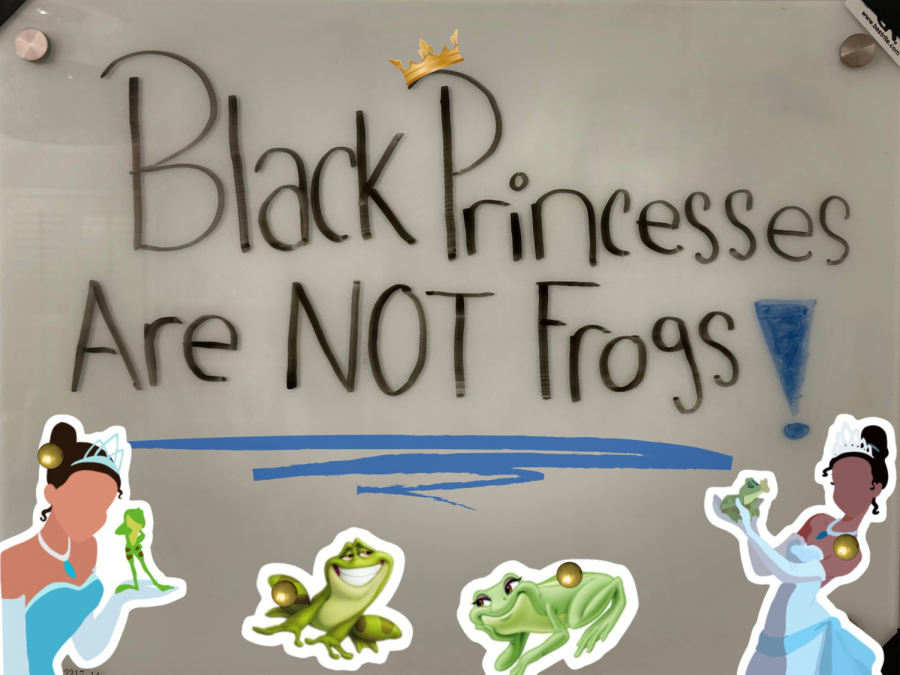




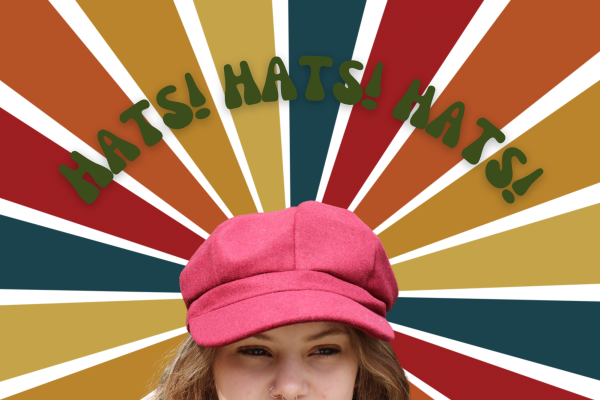



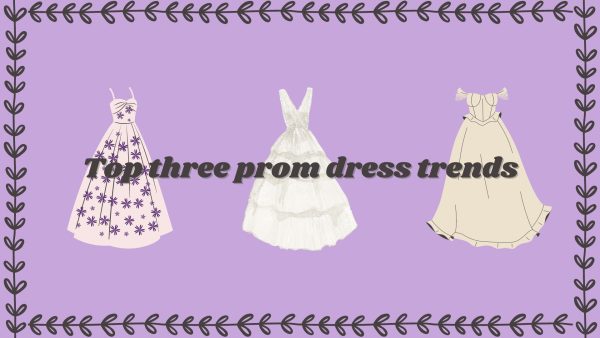
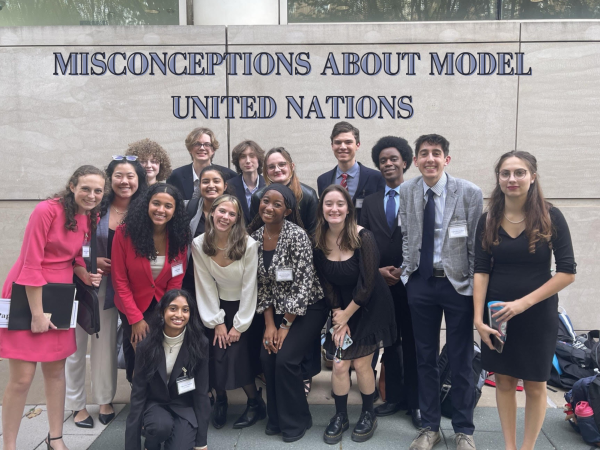
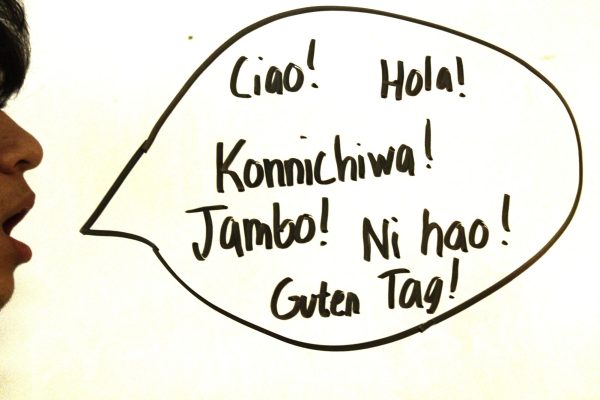

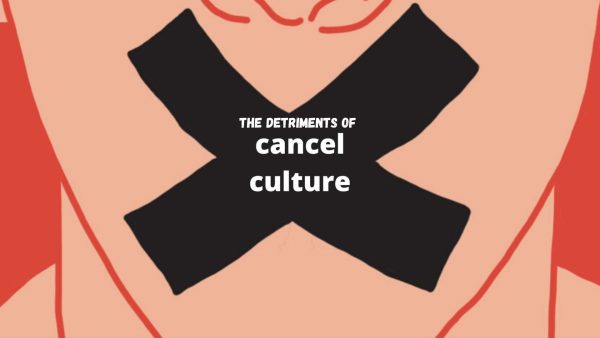

KDC • Mar 5, 2024 at 4:52 PM
I agree with this article, because Tiana is the first black princess and she is a wonderful representation, she really deserved to have more time as a human, even as entertaining as this was as a movie. I hope Disney learned from this…